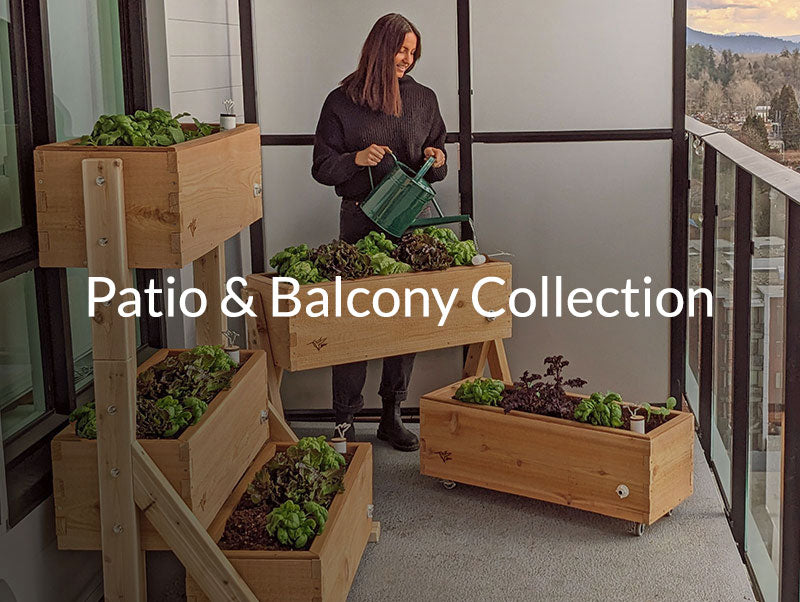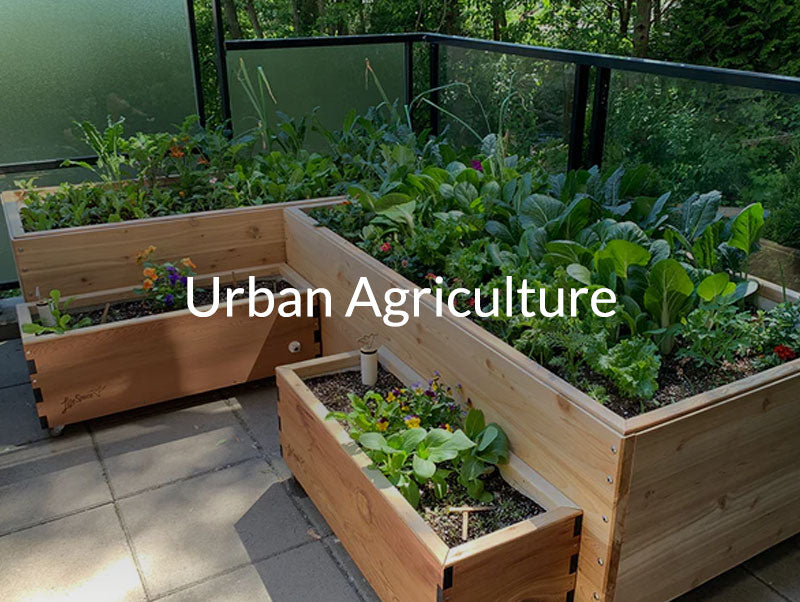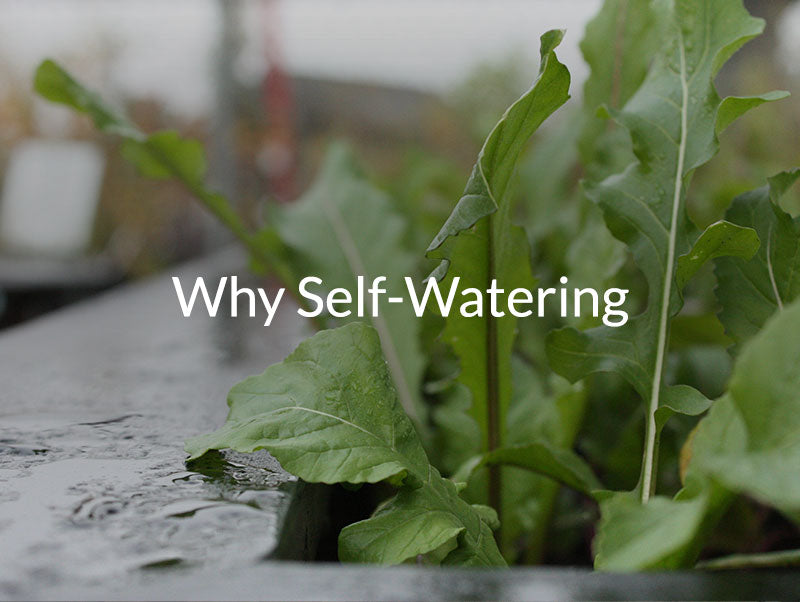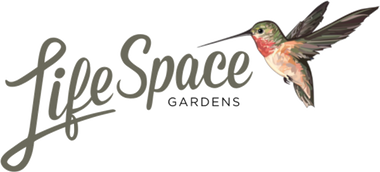Kale Growing Guide🥬: Planting, Watering, and Harvesting in Self-Watering Raised Beds
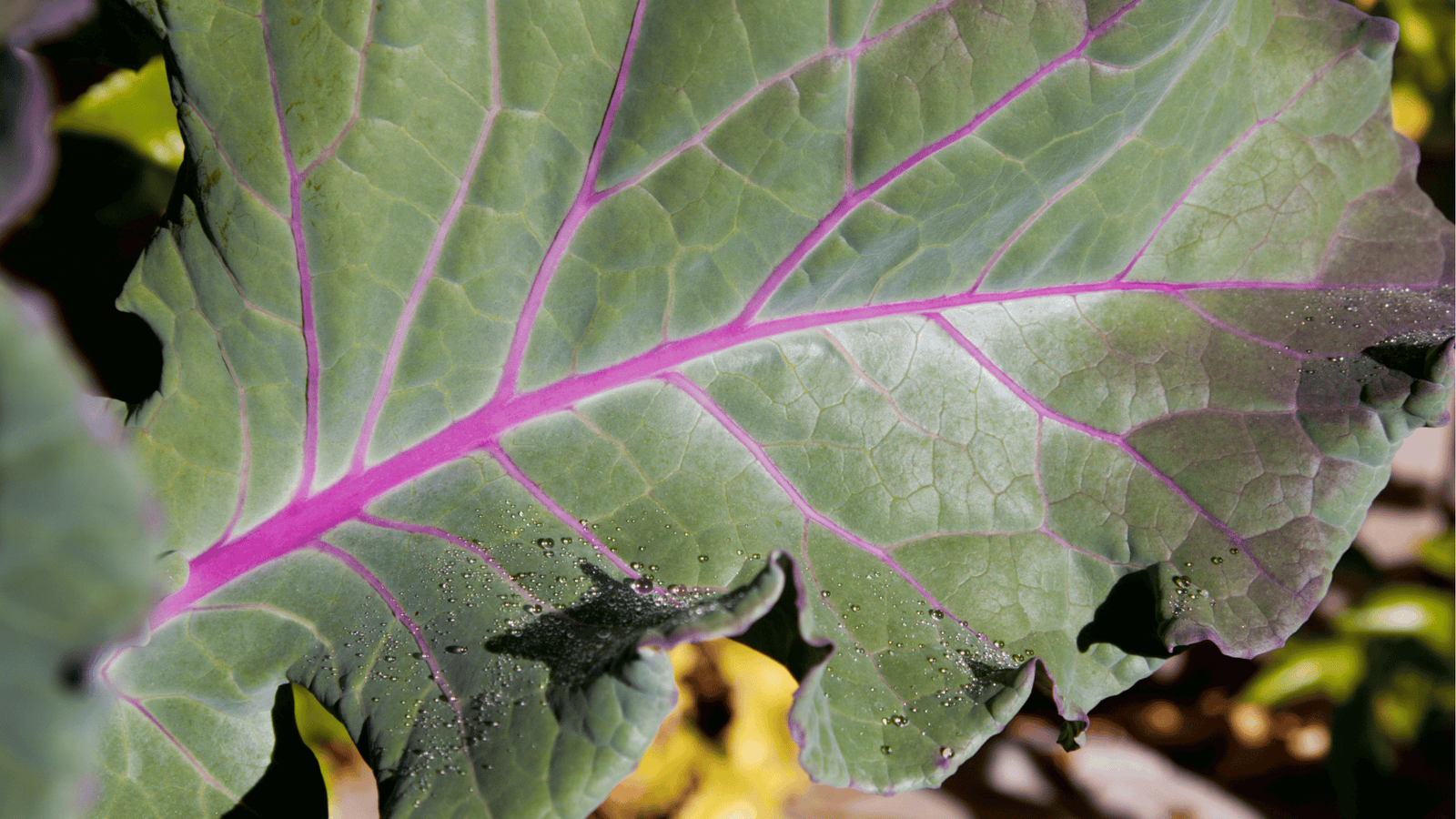
Introduction
Kale is one of the most reliable leafy greens for extended harvests. Perfect for SIPs and wicking beds, it thrives in cool weather and benefits from steady bottom-up watering. Whether you’re growing curly, dinosaur, or red Russian varieties, using GardenWells inserts ensures vibrant growth, tender leaves, and repeat harvests.
When to Plant Kale
-
Spring: Start seeds indoors March through April or direct-seed into SIPs when soil is workable. Check the March Gardening Guide for early sowing tips.
-
Summer: Plant heat-tolerant varieties in June for continuous harvests. See the June Gardening Guide for SIP moisture strategies.
-
Fall: Sow a late-season crop in August for sweet, frost-enhanced leaves; visit the September Gardening Guide.
Square Foot Gardening Spacing
-
Spacing: 1 kale plant per sq ft
-
Depth: Sow seeds ½” deep or transplant seedlings at the same depth as nursery pots
-
Companions: Pairs beautifully with beets, onions, and nasturtiums.
How to Plant Kale
Direct Seeding (Preferred)
-
Sow 2–3 seeds per hole and thin to the strongest seedling after germination.
-
Keep soil evenly moist until seedlings emerge (~5–7 days).
Transplanting
-
Start seeds indoors 4–6 weeks before last frost.
-
Harden seedlings for 5–7 days before transplanting into SIPs or wicking beds.
Watering Your Kale
Kale thrives on consistent hydration for tender, sweet leaves:
-
Use your WaterStem: when the Hummingbird rises, the reservoir’s full; when it drops, refill.
-
Before establishment: Lightly top-water for the first 7–10 days.
-
After establishment: Refill SIP reservoirs every 1–2 weeks, adjusting for season.
-
Mulch to maintain soil moisture and regulate SIP microclimates.
Harvesting Kale
-
Baby Greens: Ready in 25–30 days.
-
Full-Size Leaves: Harvest in 50–65 days depending on variety.
-
Use a “cut-and-come-again” approach: pick lower leaves first and let the plant continue producing for months.
Common Issues & Fixes
| Issue | Likely Cause | Solution |
|---|---|---|
| Yellowing Leaves | Overwatering or low nutrients | Use balanced compost and regulate SIP hydration |
| Cabbage Worms | Common brassica pest | Use row covers or interplant nasturtiums |
| Bitter Leaves | Heat stress | Provide shade cloth or succession sow heat-tolerant varieties |
Companion Plants for Kale
Best companions (with cross-links):
-
Beets → Perfect pairing for efficient SIP spacing.
-
Onions → Natural pest deterrents in SIP beds.
-
Nasturtiums → Trap aphids and cabbage worms while attracting pollinators.
-
Spinach → Cool-weather partners for SIP microclimates.
-
Herbs like basil and dill → Attract pollinators and beneficial predators.
Avoid planting with:
-
Cabbage, broccoli, and brussels sprouts → Shared pests make spacing these crops separately ideal.
Product Tips
-
Growing in small spaces? Use CondoFarms self-watering planters for quick, easy kale harvests.
-
DIY gardeners? Turn raised beds into wicking beds with GardenWells inserts.
-
Scaling up production? Invest in custom self-watering raised beds for big-leaf greens.
